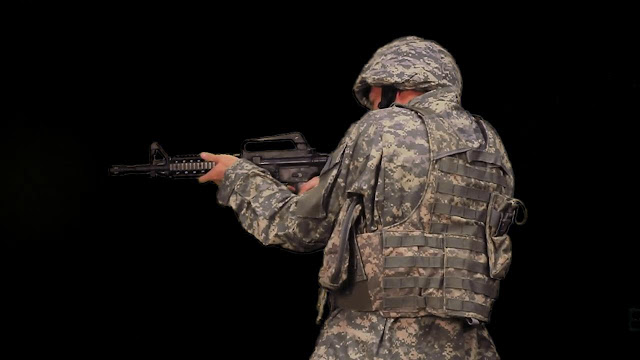CAMERA PROJECTION
Camera projection can transform a 2-D image into a 3-D scene, complete with a moving camera and shifting perspective.
This technique is mainly used to project textures or images on a geometry and it saves a lot of time in creating a realistic scene for a movie or a shot.
In this blog, we will try and use 3ds max and nuke's powerful tool set to add perspective and animation to a simple image and convert it into a 3-D scene.
First, we will create a rough geometry inside 3ds max to match the image, and then project the reference image to give them depth and realism.
The reference image we will use for this procedure is :
If we zoom inside this image we do not get the depth information or the feel that it is real
So in order to create depth let us start by creating a 3-D geometry in 3ds max
We match the view while creating the geometry and make sure the camera is aligned properly to the scene.
Now we export this geometry and camera to Nuke and use the Project3d node to project the texture or the reference image on to the geometry.
The resultant projection provides depth and projects the image on the 3-D object
The node graph in nuke after our complete composite looks something like below :
Finally we can see the 2-D image converted into a 3-D video which includes depth and realism, All thanks to camera projection
Hope it was a good learning experience.
Till next time,
Keep Animating and Keep Learning!!!





























